The first time I visited Kerala was in February of 1994, during the last few months of my final MBA year. My batchmates – Ajit Menon and Satish Menon, thoroughbred Malayalees (Mallus, a non-racist slang in sync with Punjus, Gujjus, Bawas and Ghats – natives of this gorgeous state along the southernmost western coast of India) were more than enthusiastic to introduce the uninitiated like me and another friend of ours – Rajesh, to God’s Own Country. This tag line was coined in 1989 by Walter Mendez, creative director of Mudra Advertising at the request of the Tourism Department, Government of Kerala. As students dependent on our parents to fund every moment of our joy, fantasy and stupidities, Ajit and Satish took it upon themselves to prepare for the thriftiest yet the most enjoyable trip we ever had embarked upon.
Naively, I had started by asking them if Kerala was a dry state and to this day they continue to pull my leg over that blasphemous question. Nonetheless, we embarked on a delightful train journey which took us to Ajit’s family home inside Kerala where his maternal uncle treated us as if we were royalty. This was the first time I experienced the laid-back Keralite hospitality, their gorgeous backwaters, their elaborate temple rituals which almost always includes an elephant, their varied cuisine that even makes vegetarian food as exciting as the non-vegetarian. (Only the hardcore carnivoures will understand this sentiment). We enjoyed copious quantity of alcohol along with some dishes that I discovered for the first time. Ajit recently informed me that we spent roughly INR 1,500 or thereabouts per head over a 7-day trip including a night spent at the sprawling Trivandrum Club.
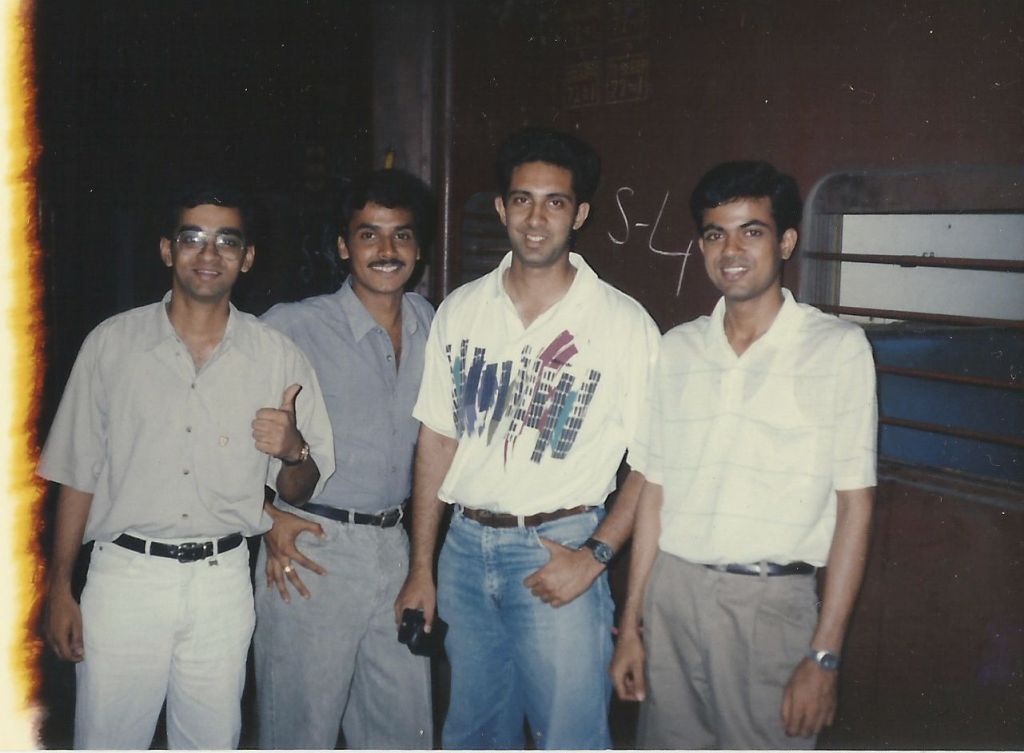
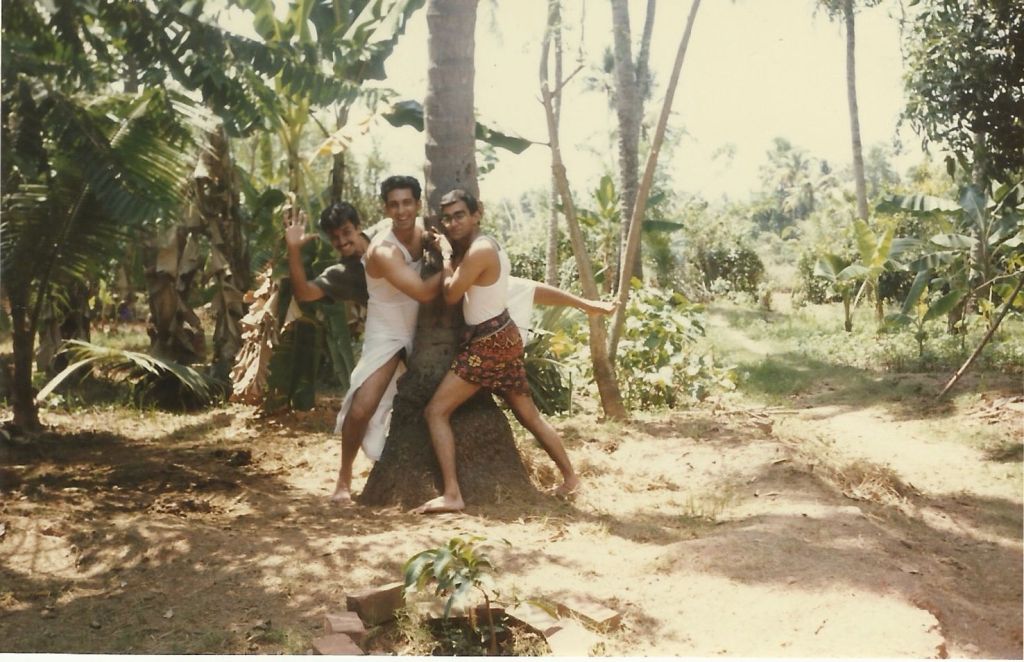
Ever since, I have travelled several times on work and on a few occasions holidaying with Kavita, my wife. Each time I have marveled at the gorgeous landscape, the lush green countryside and their cuisine that is getting exciting and innovative with each passing year. So, when a few months ago, my elder son announced that his closest buddy’s sister was getting married in Kerala and we were invited, my anticipation and excitement knew no bounds. We immediately started planning for the wedding trip and decided to add Calicut and Wayanad to our itinerary.
Calicut (Kozhikode as it is now known as) has a special place in my heart. Rather in my stomach. While in Dubai, we used to frequent a very popular food joint called “Calicut Paragon” which was in the midst of the Indian hub called Karama. During our decade long stay in Dubai, we must have visited the restaurant more than a dozen times, relishing their fish moilee with appams, prawn mango curry with Malabar parathas, beef chilly, payasam and more. The wedding was to take place at the famous Gurvayur temple and the closest airport was Calicut. We had no reason to be in Calicut other than the air connection, but we added an overnight stay only to dine at the original Paragon located right next to our strategically selected hotel in Calicut. How could we not include this in our travel plan and kick off the sojourn with a gluttonous meal that included the same combination that we used to relish in Dubai and more. Burp!!!!
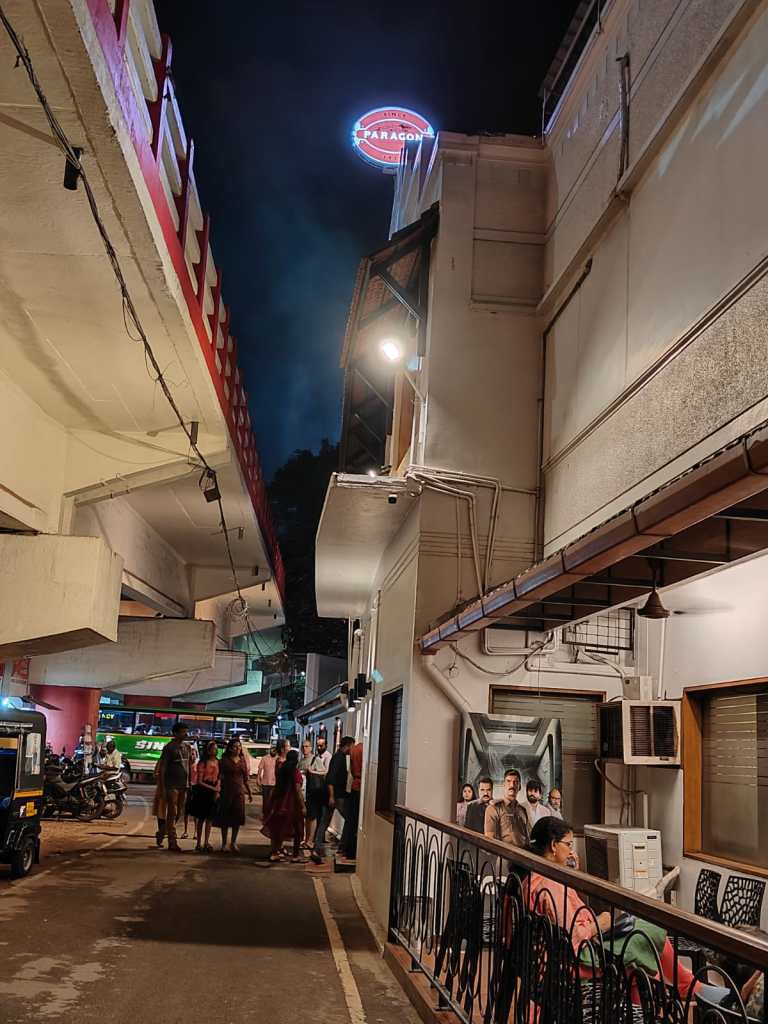
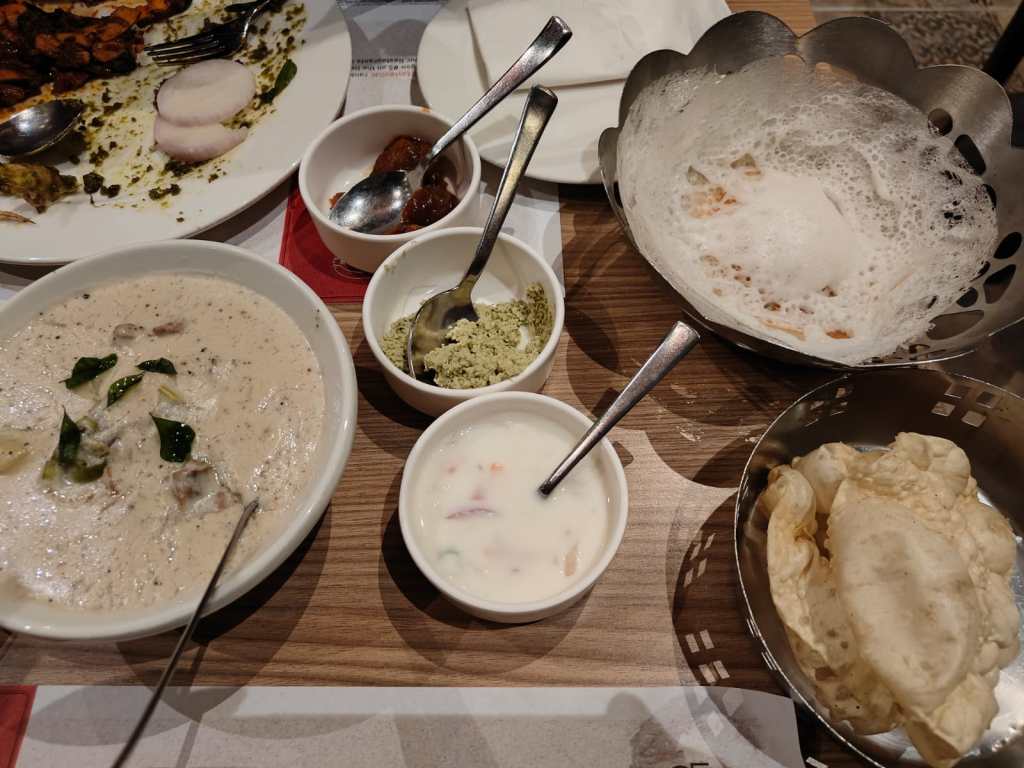
What also fascinated me about Calicut was the replication of Dubai’s retail and food landscape. I reckon that every household in Calicut has someone working in the Gulf (Dubai, other UAE cities as well as Kuwait, Qatar and Oman). Even our Savaari taxi driver was between jobs having worked in Dubai for six years. He empathized with our enthusiasm to eat at Paragon and proudly proclaimed his hometown to be the “Food Court of India.” It indeed seemed like it, because every square inch of the city was covered with well laid out and brightly lit restaurants offering varied cuisines. Even the famous juice bars of Dubai were seen all over the city. Not just that but even the retail landscape resembled what one saw in Dubai. Clearly people had learnt and adapted the look and feel very well. Even the traffic discipline looked like Dubai. Cars and two wheelers followed the traffic regulation and discipline. Wow, this was a pleasant surprise especially for someone who lives with some unruly and disorderly traffic back home. It was a blissful overnight stay and we headed to Wayanad after breakfast but not before a quick work halt at PT Usha’s School of Athletics.
Usha’s School of Athletics is located some twenty-five kms outside Calicut in a place called Bellassury and was founded in 1999 by PT Usha, her husband Srinivasan and Mr. Ajanachandran with whom I had scheduled a meeting. The academy has a state of the art running track, a swimming pool, and a multi-level gymnasium to support the training program. The academy trains around twenty odd girls in various track & field disciplines each year after they have been identified following a rigorous and elaborate scouting program from across the country. Whenever she is at home, P T Usha herself visits the academy every day at 5 AM, travelling thirty kms from her hometown in Payyoli. The training program and the details around it including their physical training and diet is planned by her in consultation with the concerned experts. These girls currently compete across state, district, national and international level. We met a soft spoken 400 meters hurdler from Thane who has been at the academy for the last six years with her sights on the 2028 Olympics in Los Angeles. These girls are also provided a solid state board education and it was heartening to hear that the girl who was a Maharashtrian can speak Malayali fluently. I missed meeting the legend by a few hours since she had left for Delhi to attend to her work as the President of Indian Olympic Association (IOA).

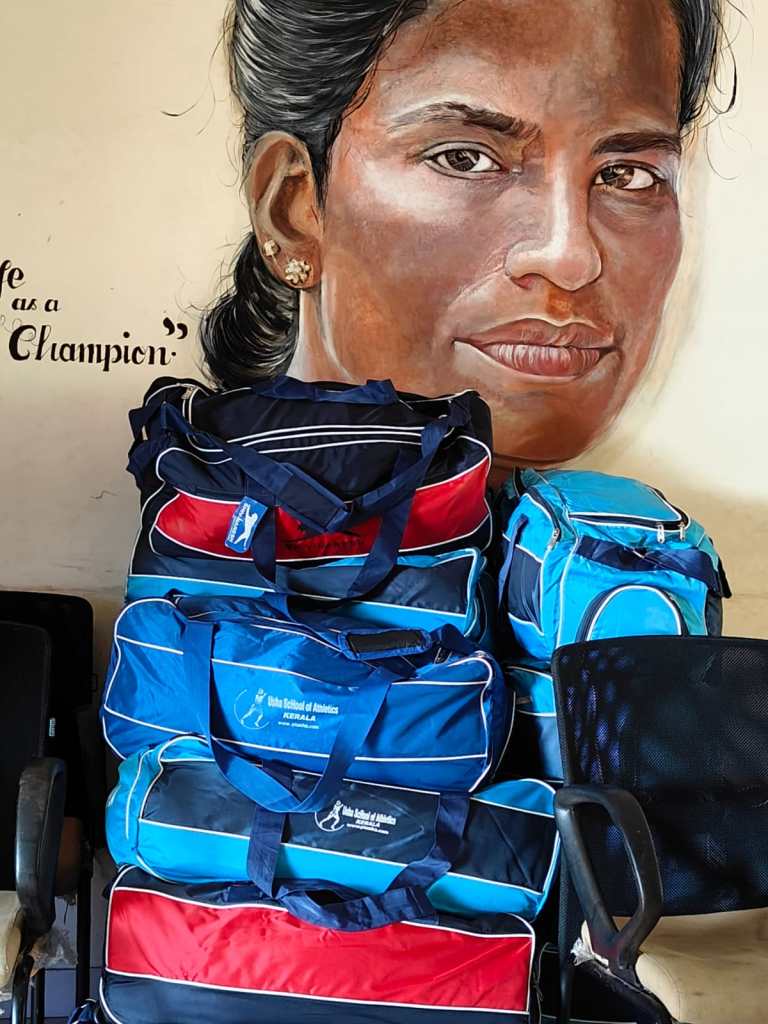
Carrying this Olympic spirit, we headed to Wayanad where we were greeted by our homestay host – Wafah, an enterprising entrepreneur who after working with Accenture in Bangalore had quit and bought some acres of land and property in Vythiri, Wayanad District to grow coffee and run a homestay. I need not say more about the two days we spent where our room overlooked Chembra, the highest mountain peak in Wayanad hills. Lazing in our lounge chairs with a book in hand, we could listen to the sounds of the birds and other animals from the forest which was a stone’s throw from our room

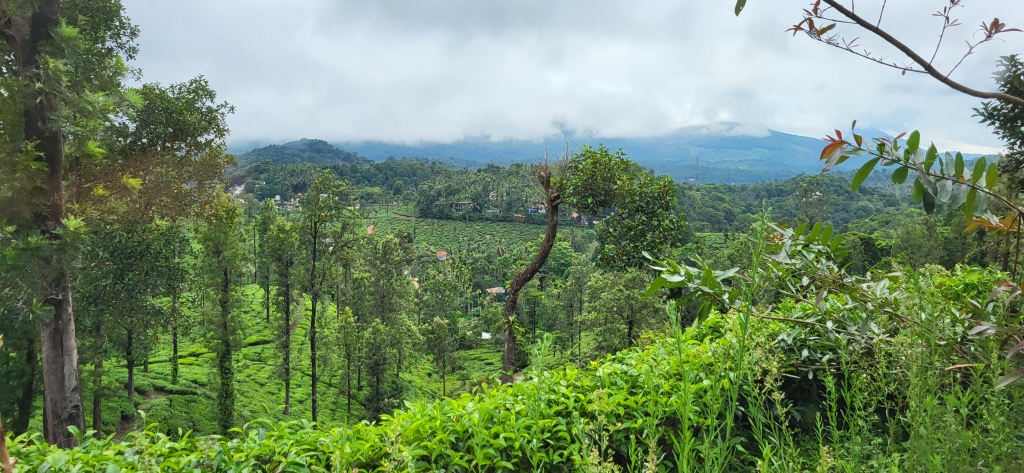
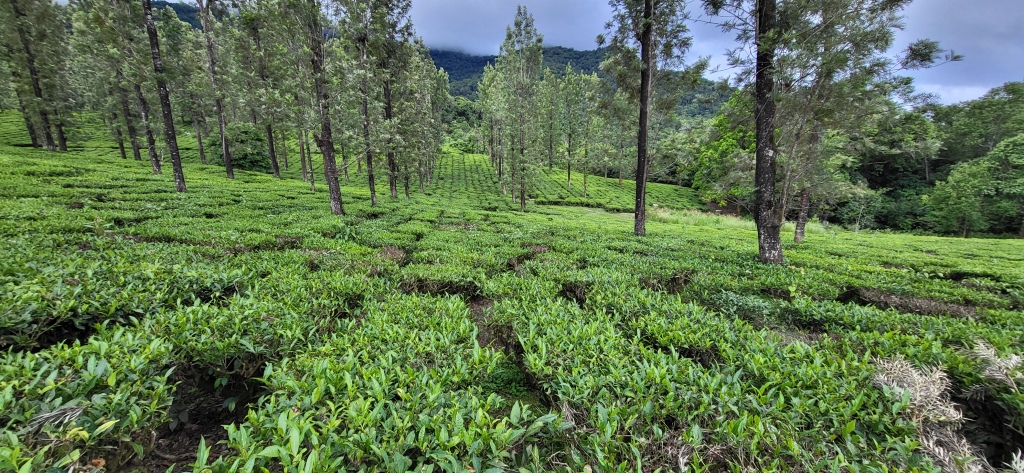
After two days of taking in the sights, sounds and some clean air, we headed back to Calicut to catch an afternoon train to Thrissur. Then an hour to Gurvayur where we were already running late for the evening pre-wedding cultural program and dinner. Girish and Sheeja, the hosts, and parents to Snigdha whose wedding to Arjun we were attending, were gracious hosts with Girish planning the entire event to the tee. The evening’s program included a local dance troupe that put in an outstanding performance followed by friends of the bride and the groom re-enacting their love journey as medicos in Manipal. Being a temple town, I had mentally prepared myself to be subjected to vegetarian food. But by the end of the wedding festivities, the word subjected was replaced with “lavishly treated”. A typical mallu wedding is a refreshingly quick five minutes affair outside a temple with the atmosphere around the Vishnu temple of such fanfare, devotion, and tranquility that one would want to spend time there just to soak in the atmosphere and the spirit of the devotees. Several newly weds in their finery were posing for photographs and all males dressed in a mundu and the women in some finest sarees. The last time I wore a mundu was when I visited a temple in 1994.
A sumptuous “Sadya” (a traditional feast that is served during Onam, Vishu and weddings) after the morning rituals and we headed back to Cochin to return to chaos and reality.
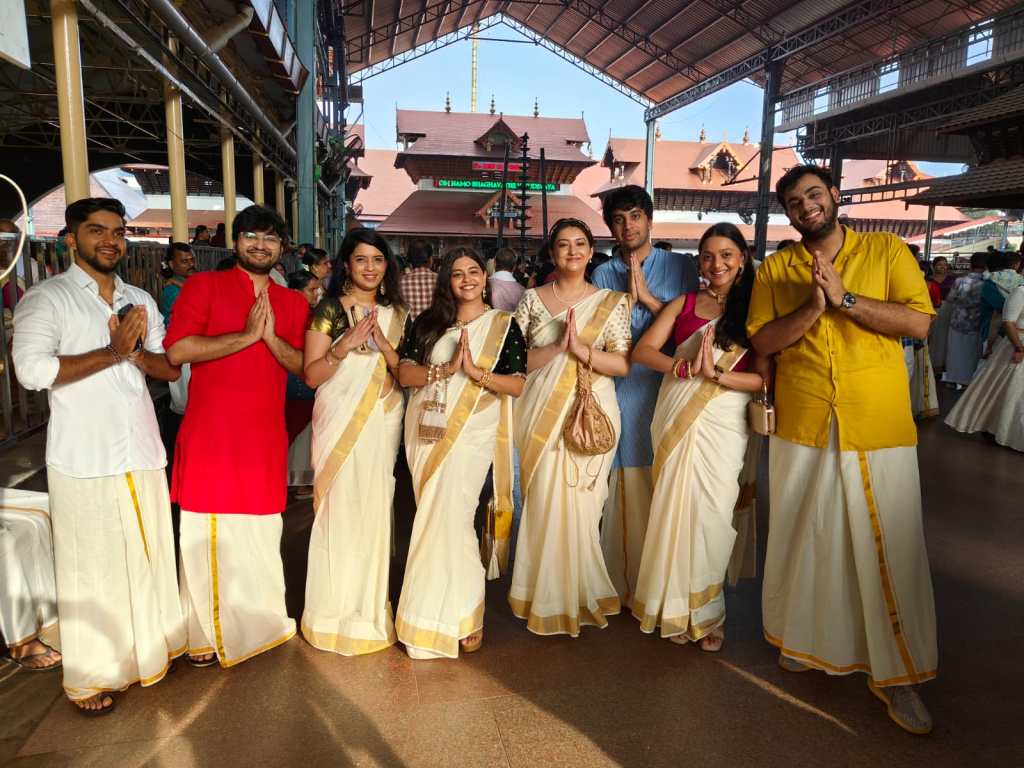
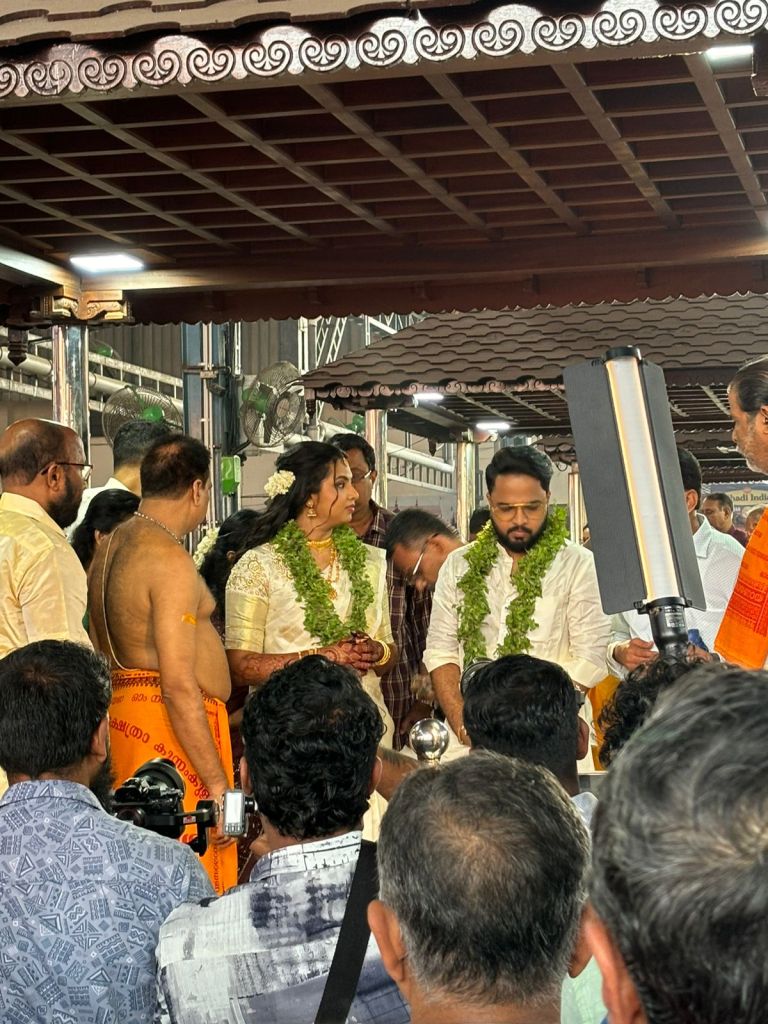
Just loved it ❤️
LikeLiked by 1 person